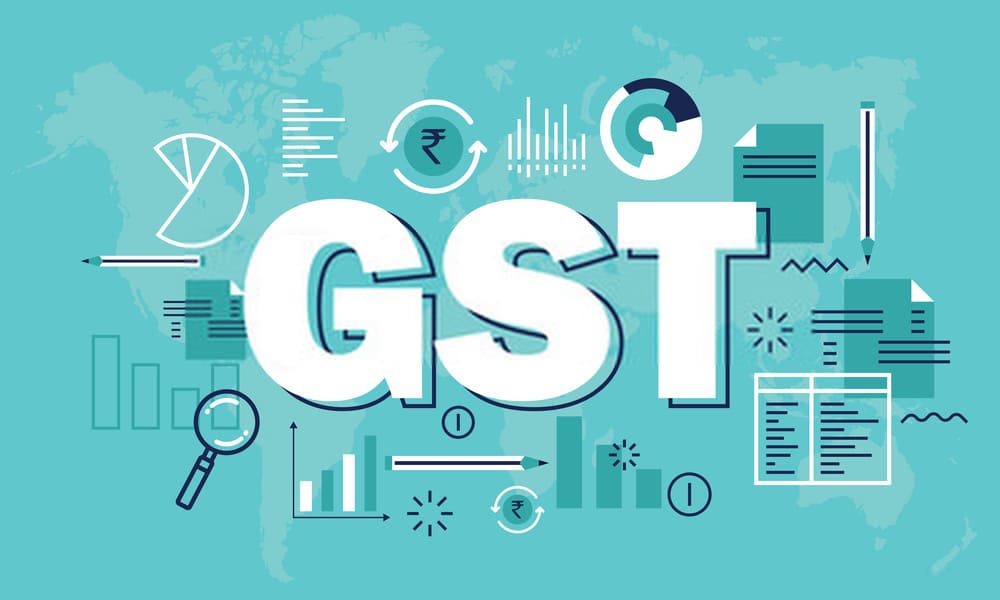The introduction of Goods and Services Tax (GST) is a major change in the field of Indirect Tax in India. By merging many Central and State taxes into a single tax, GST is perceived to be the game changer tax regime. The people across Nation have high hopes that GST would reduce double taxation and help the consumers by mitigating overall tax burden borne by them. In India, the end user products usually suffer 25 – 30% by way of taxes in various forms. GST is seen as the magic wand that shall reduce such heavy burden of taxes by lowering cascading effects.
Initially, it was proposed that GST would be introduced by 1st April, 2010. But its deadline kept changing for various reasons. Now, finally it seems that the tax will see the light of the day. The Government has introduced Constitutional Amendment Bill for Goods & Services Tax (GST) in Lok Sabha on 19.12.2014. To introduce GST, States also will be required to bring in appropriate legislations. Currently, fiscal powers between the Centre and the States are clearly demarcated in the Constitution with almost no overlap between the respective domains. The amendments proposed in the GST Bill, are for the purpose of conferring powers both to the Center and State Legislatures to make laws for administrating the GST.
All Central taxes and duties like Central Excise Duty (including Additional Excise Duties), Service Tax, Additional Customs Duty (CVD) and Special Additional Duty of Customs (SAD), Surcharges, Cesses etc. will be included in GST. At the State level, all taxes such as VAT/Sales Tax, Central Sales Tax, Entertainment Tax, Luxury Tax, Lottery Tax, Octroi and Entry Tax not in lieu of Octroi, Purchase Tax etc. would be part of GST. Both Centre and States will simultaneously levy GST on each transaction of Goods and Services. Centre would collect Central Goods and Services Tax (CGST), and States would collect the State Goods and Services Tax (SGST) on all transactions within a State. Under GST regime, there will be separate Acts and Rules for CGST and SGST. The GST law is yet to evolve and to make sure that it is levied in harmonized manner, the dialogue between the Center and State must be continued.
The implementation challenges are going to be formidable. The tax-base will increase manifold with number of taxpayers is likely to go up significantly. The existing infrastructure of would need to be suitably scaled up. Augmenting human resource of State and Center is going to be difficult. The IT infrastructure will also be required to be made parallel for state and central agencies across the length and breadth of the country. The stage is set for the introduction of the Next Big Thing, let us all hope that the hype is met with results. In the next article we will see the salient features of Constitutional Bill.
